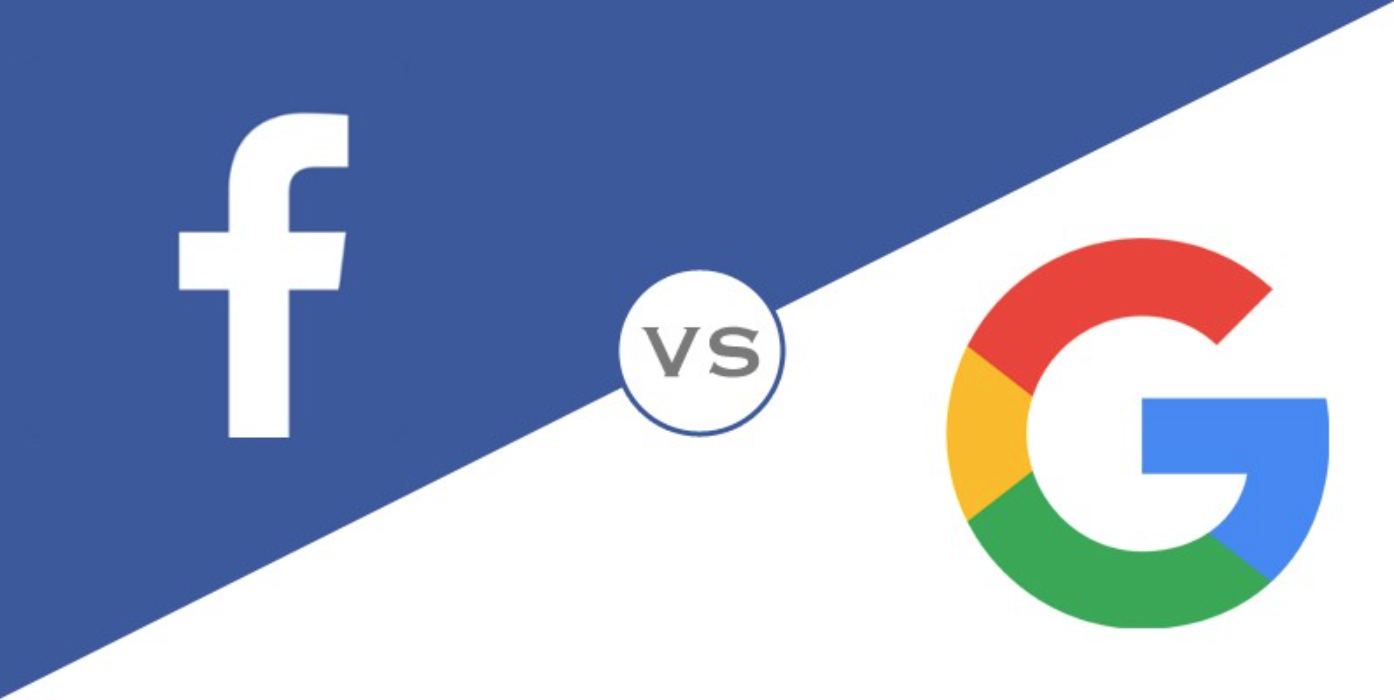I assume marketing experts know the difference but I’d never considered the distinction between the two most popular digital marketing platforms in orthodontics and I’ve never heard anyone discuss this as it relates to orthodontic consumer recruitment. It’s obvious and simple when you think about it. Google reviews, AdWord campaigns and so called SEO ranking are designed to attract people who already know what orthodontics is, who orthodontists are and who are actively searching for a place to purchase a service they already want (even though most of these same consumers still decide based on where their friends go, price and their impression of the office visit). Facebook reviews and marketing, on the other hand, are targeted more towards (or are at least are available to) someone who may not know anything about orthodontics/orthodontists and who is not actively seeking orthodontic treatment (just like radio or TV or print but far more effectively and less expensively). Furthermore, the purpose of Facebook content is to educate any/all consumers as to the availability, affordability, convenience and desirability of orthodontic treatment in order to generate orthodontic consumers out of the masses scrolling through the FB feed whereas Google AdWords/search caters only to those who already know what they want. Basically Google marketing is a destination that you must already know about and seek out but Facebook marketing is something you drive by every day and can’t help but see. In this context the amount of money/time spent on Facebook vs Google should be much greater given the opportunity to drive new patients but the reverse is true more often than not. Why is this? When given the choice as to which is better, 99.99 percent of orthodontists will say that Google reviews and Google AdWords and search rank are much better and more important than a “shotgun approach to the masses” who don’t even know what orthodontics is.
“I’d much rather attract one ‘quality lead’ who knows what I do and values an orthodontic specialist than have to deal with dozens of ‘low quality’ Internet leads”
I can hear you saying. And you’ll get on your FB group with other orthodontists and you’ll all agree so you’ll KNOW that you’re right… case closed! It is certainly your prerogative to stick to what has worked for you (assuming it is working) but you may want to consider the sheer scope of the numbers involved, the opportunity for those who think differently and the advantages of being a contrarian in such a homogeneously minded community. If you think differently (and logically), are willing to work at it and willing to put in the time/money, you can see incredible results very quickly as I’ve delineated in previous blogs. Instead of fighting over the small percentage of patients who traditionally seek orthodontic treatment on Google, consider engaging the hundreds of millions of Americans who would love to have straighter teeth but believe (for good reason based of how we orthodontists have acted) that they can’t afford orthodontic care. To be clear, educating patients in this scenario has nothing to do with the mechanics of treatment or Angle Classification and everything to do with showing people how easy, convenient, affordable and rewarding getting the smile of their dreams from YOU can be. Doing so is relatively easy, extremely rewarding (both financially and in terms of making positive changes in lives) and fun.
I’m not suggesting that you give up your Google efforts if they are getting results for you – btw do you know if they are and can you put an ROI number to the time and money and effort you spend? I am suggesting that if you pursue traditional lines of marketing seeking traditional consumers you’ll get traditional results. From what I’m seeing, traditional practices are struggling to attract new patients despite the hottest economy in living memory. Bragging about how many Google reviews you have on ortho FB group pages may make you feel good but doesn’t bring patients in the door…

